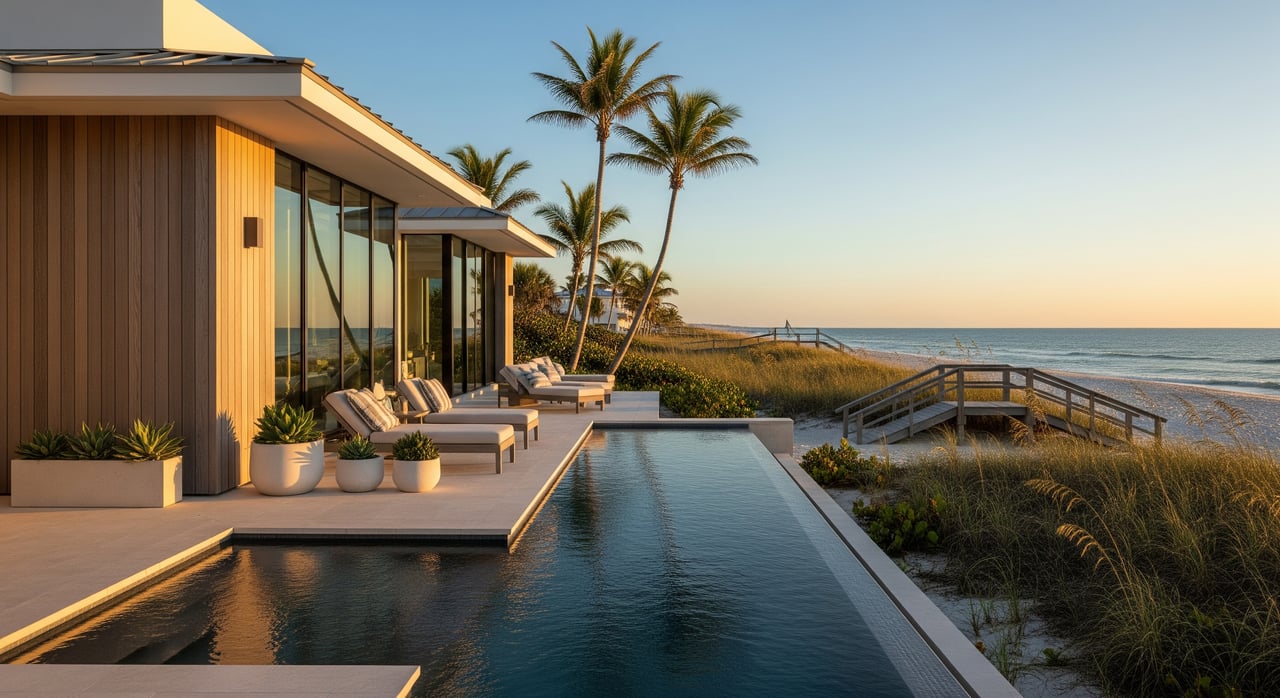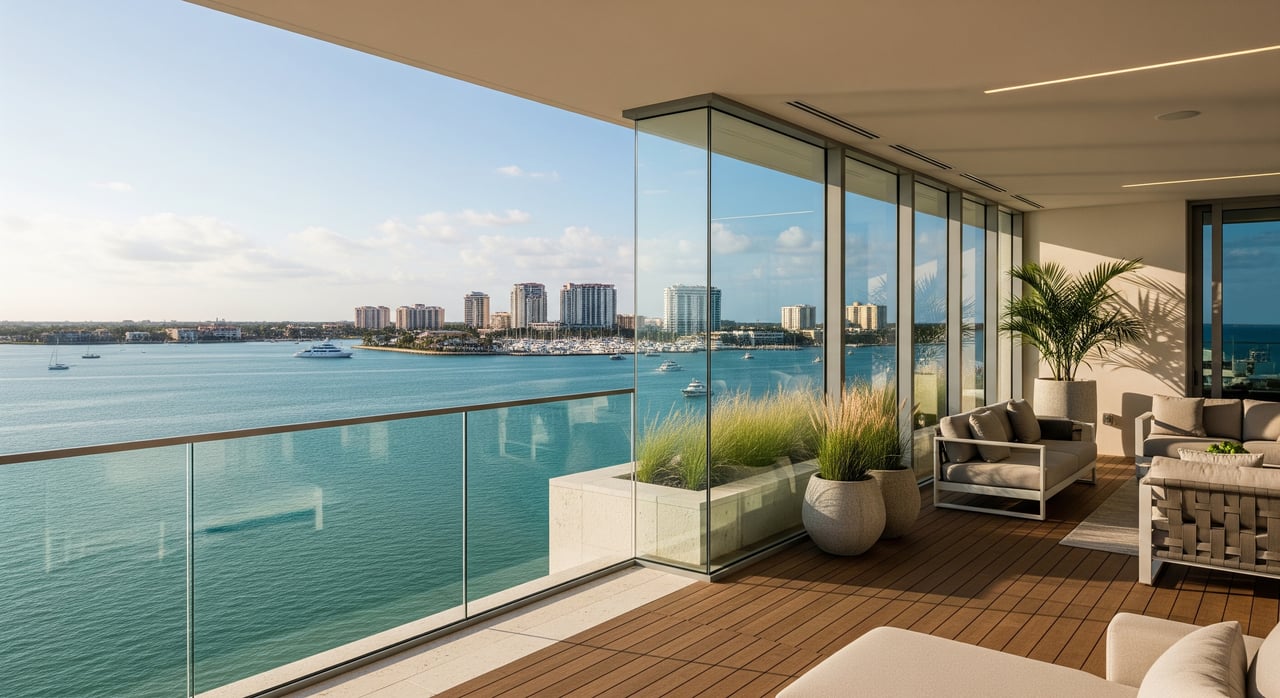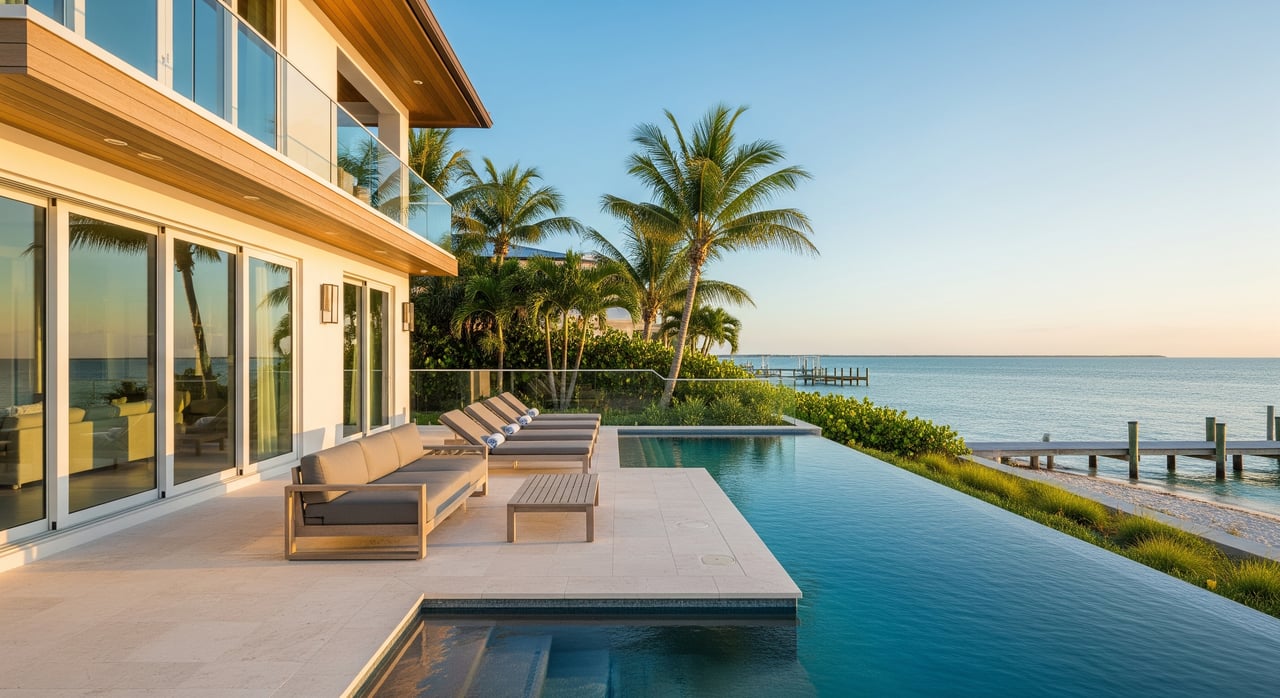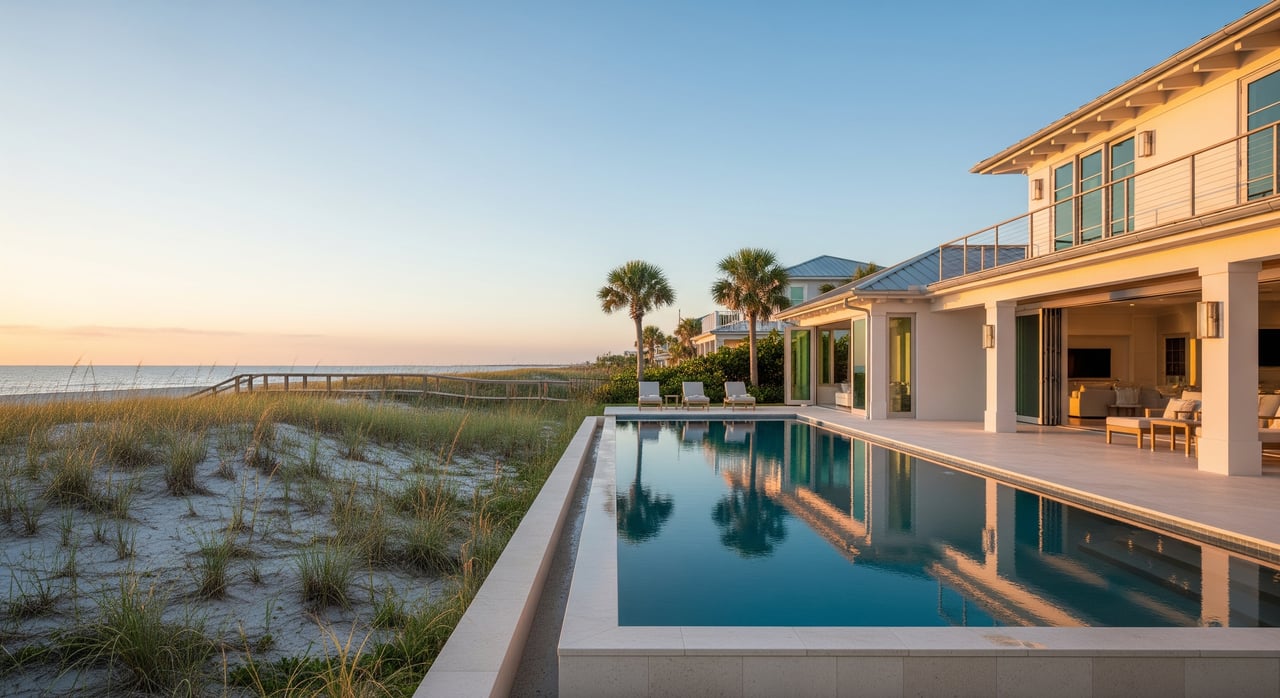Home staging plays a pivotal role in the real estate market. In fact, 58% of buyers' agents cited that home staging had an effect on most buyers' view of the home most of the time. Recognizing this influence, this article delves deep into DIY home staging tips, ensuring that sellers provide potential buyers with the best impression of their home.
Understanding home staging
Home staging, as defined by the Real Estate Staging Association, is the act of preparing and presenting properties for sale. This means everything from ensuring a fresh coat of paint on the walls and polishing hardwood floors to even more specific details like arranging throw pillows on a couch. The purpose is to create a visually appealing space that potential buyers can imagine as their future home.
The significance of home staging
The importance of home staging lies in its power to influence potential buyers. Most buyers, when searching for homes online or visiting in person, are more drawn to a well-staged home compared to those that lack such presentation. This can be attributed to the idea that a properly staged home appears move-in ready and saves buyers from imagining the potential of an empty space. Staging efforts don't just make a home look more attractive; they can also significantly increase a home's selling price. In fact, many sellers' agents reported that staged homes often fetch more money than their unstaged counterparts.
Expert Tips for Staging Your Home
The art of decluttering
Starting the home staging process requires understanding the importance of decluttering. Creating empty space in a room can make it appear more spacious and inviting. Prospective buyers appreciate rooms where they can imagine placing their own items rather than navigating through the personal belongings of the current homeowner. This applies from the master bedroom to the dining room. As potential buyers often explore homes online first, clear and decluttered spaces translate better in online listings, attracting a larger audience.
A home that sparkles
Deep cleaning goes beyond the day-to-day basis tidying. Think of shining hardwood floors, immaculate walls, and spotless windows that invite more natural light. The result is a home that radiates warmth and care. Most buyers are on the lookout for a move-in-ready home. From the finished attic to the living room, every nook should exude cleanliness. A helpful tip: Don't forget the small details, like ensuring the toilet seat is always down or hanging a fresh white shower curtain to give bathrooms a pristine look.
Mending the imperfections
Patch and repair might sound basic, but its importance cannot be overstated. The front door welcoming potential buyers should not have chipping paint, and the walls should be free from visible dings or marks. Even the smallest imperfection can be a red flag for a potential buyer, detracting from the home's selling price. Investing a little time and money into repairs can pay off, as buyers often value homes they perceive as well-maintained.
Creating a universal appeal
Depersonalizing the space is one of the key DIY home staging tips. This doesn't mean stripping the home of all personality but rather removing overly personal items like family photos or specific collectibles. The idea is to make it easier for buyers to imagine themselves living in the space. Swapping out family portraits for neutral artwork or replacing personal photographs with more general decor can make a world of difference. This neutral approach extends to the children's bedrooms and even the entertainment room.
Neutral shades are your friend
When choosing colors for walls, furniture, or even throw pillows, it's wise to stick with neutral shades. These colors appeal to the widest range of prospective buyers and make spaces feel brighter and larger. A fresh coat of light-colored paint can transform a dark room, adding to the curb appeal of the home. If a room has dark curtains, consider replacing them with light-colored curtains to enhance the natural light. Remember, the aim is to present a canvas that as many potential buyers as possible can see themselves painting upon.
Harnessing the power of sunlight
One of the best DIY home staging tips to start with is to make full use of natural lighting. Sunlight can instantly make spaces feel more inviting and spacious. Ensure curtains and blinds are open during home viewings, allowing as much natural light as possible to flood the space. Placing table lamps in strategic spots can also help brighten up spaces in the evening. Most buyers gravitate towards homes with ample lighting, as it provides a cheerful and warm ambiance.
Thoughtful furniture placement
Rearranging your furniture can be a game-changer when staging a home. The living room, master bedroom, and dining room are areas where potential buyers often spend more time, and how the furniture is placed can greatly impact their perception. A helpful tip: pull furniture away from walls to create intimate conversation areas. Remove unnecessary furniture to avoid a cramped feeling, allowing prospective buyers to navigate the space easily. For bedrooms, especially the master bedroom, ensure there's a clear and welcoming path, free from obstructions.
Clearly designating room purposes
For potential buyers, it's essential that every room in the house has a clear purpose. This can be achieved by ensuring that each room's decor and furniture match its intended use. For instance, if there's an empty space that's been used as a storage space, consider turning it into a reading nook or a small office. Children's bedrooms should be staged in a way that is clearly identifiable as such, whereas the entertainment room should cater to relaxation and fun. By defining spaces, it becomes easier for prospective buyers to imagine their lives in the home.
Enhancing the first impression
The exterior of the home is the first thing potential buyers see, making curb appeal a crucial element in the home staging process. Begin by ensuring the front door is inviting, perhaps with a fresh coat of paint. The outdoor living space, be it a backyard or a porch, should be clean and inviting. Consider adding potted plants for a touch of greenery. If there's outdoor furniture, ensure it's in good condition and arranged in a welcoming manner. The home's exterior sets the tone for the rest of the viewing, so investing time and effort into improving curb appeal can pay dividends in the home's selling price.
Common queries about staging homes
Empty vs. staged: Which sells better?
A well-staged home often sells faster and, in many instances, for more money. While an empty house can feel spacious, it often lacks warmth and can make imperfections more noticeable. Most buyers find it easier to visualize themselves in a staged home rather than an empty one, as staging helps highlight the property's best features and potential. Seller’s agents reported that staged homes often have an edge in the competitive real estate market compared to empty houses.
The dining room dilemma: To set or not to set?
Setting the dining room table when staging a home can be a double-edged sword. On one hand, a beautifully set table can help buyers imagine entertaining in the space. On the other hand, an overly elaborate setup might seem artificial and distract from the room's features. A good staging tip is to keep it simple: perhaps a centerpiece and place settings, but avoid overdoing it with too many accessories.
Home staging vs. interior design: What's the difference?
While both home staging and interior design focus on aesthetics and functionality, their goals are distinct. Home staging is a marketing tool employed to make a property appealing to as many potential buyers as possible, often utilizing neutral themes and decor to create a universally inviting space. It's a temporary setup geared towards selling the property. In contrast, interior design tailors a space to the homeowner's personal style and preferences, focusing on creating a long-term living environment that aligns with the resident's tastes and lifestyle.
About LBKathy Group
With over 25 years of dedicated real estate experience spanning from Tucson to Longboat Key, Kathy Callahan’s “White Glove” expertise keeps clients and their needs at the center of every interaction. And don't underestimate her impressive negotiation skills – Kathy's strong business acumen ensures you'll always have the advantage. If you're looking to buy or sell a home or have any questions about the Florida real estate market, contact LBKathy Group today.





